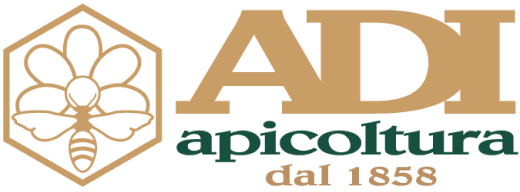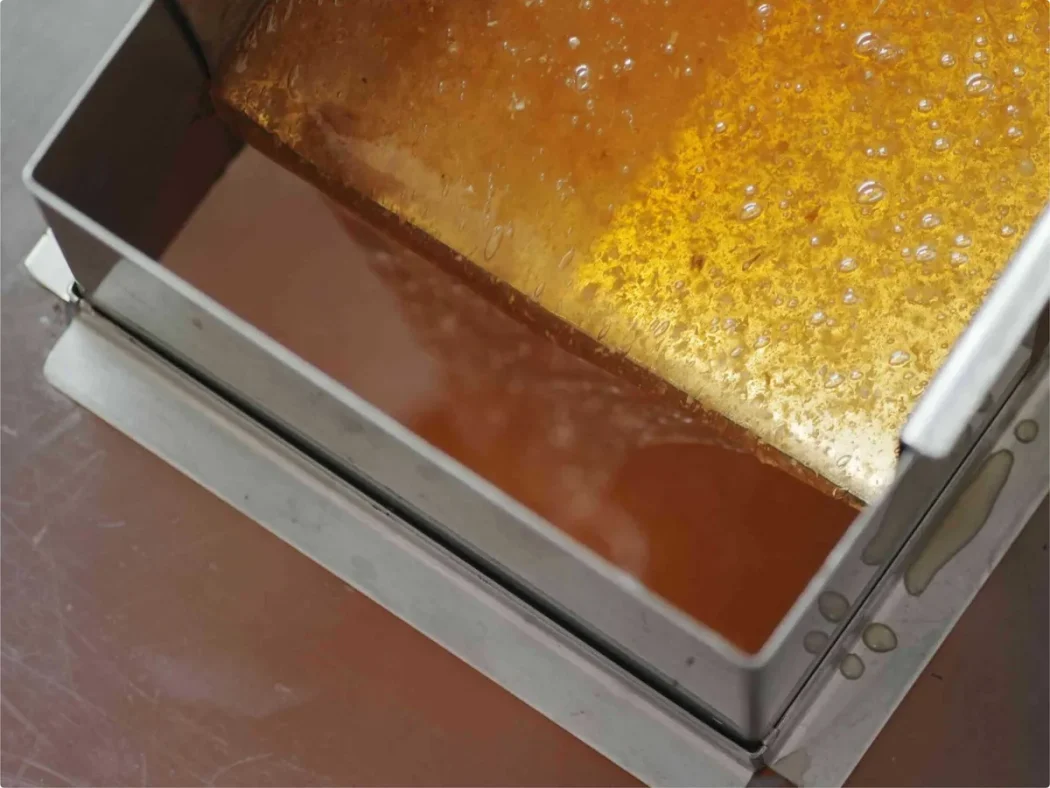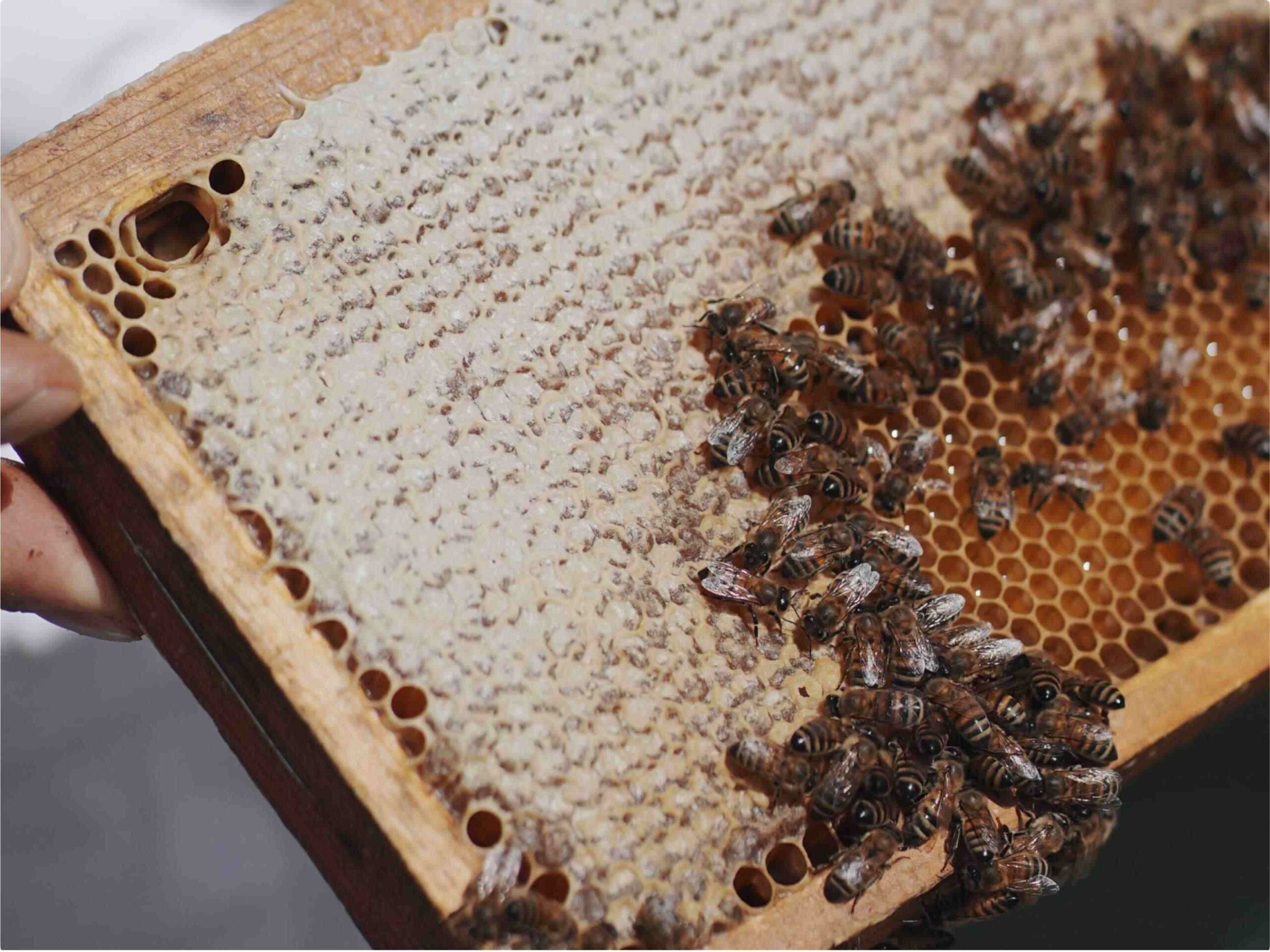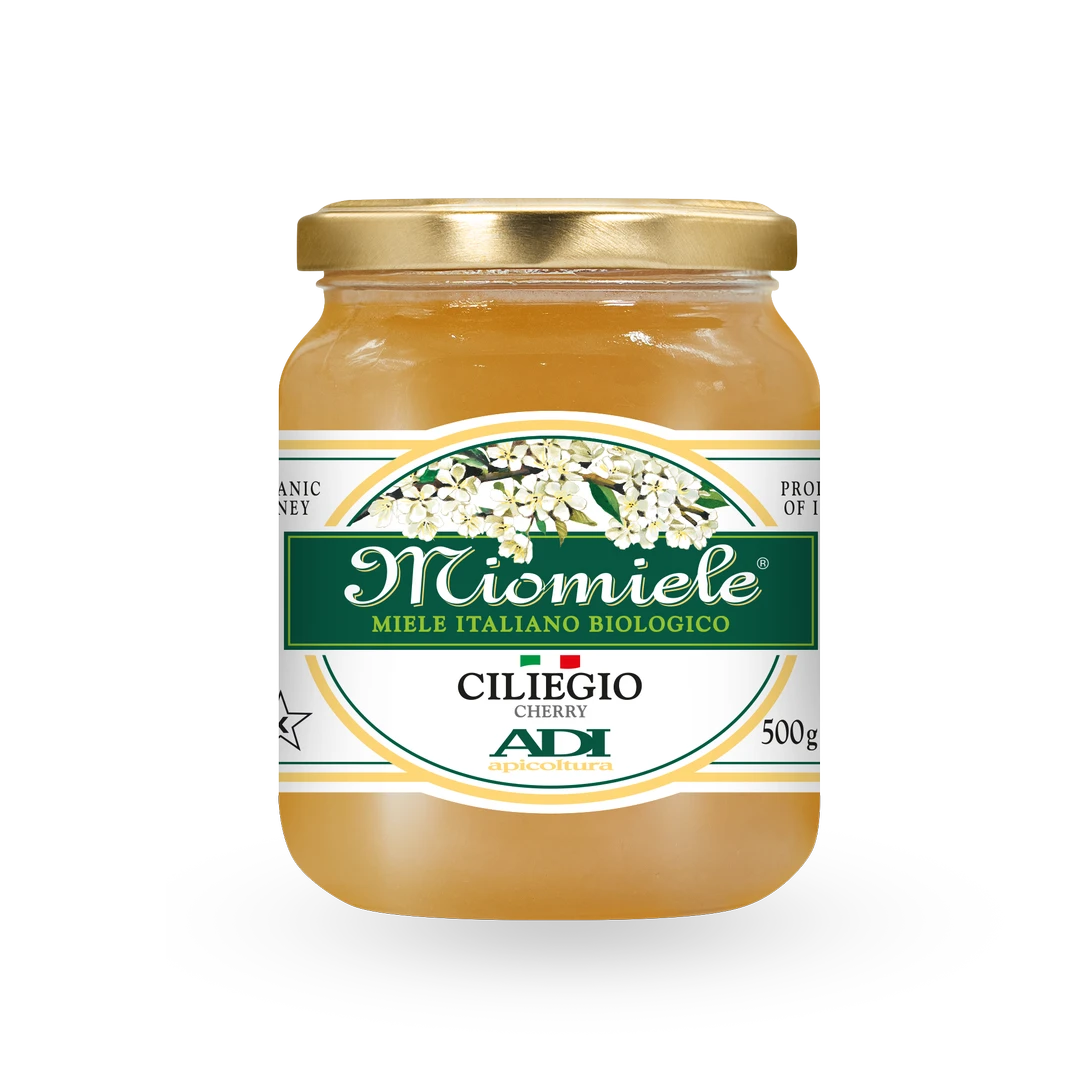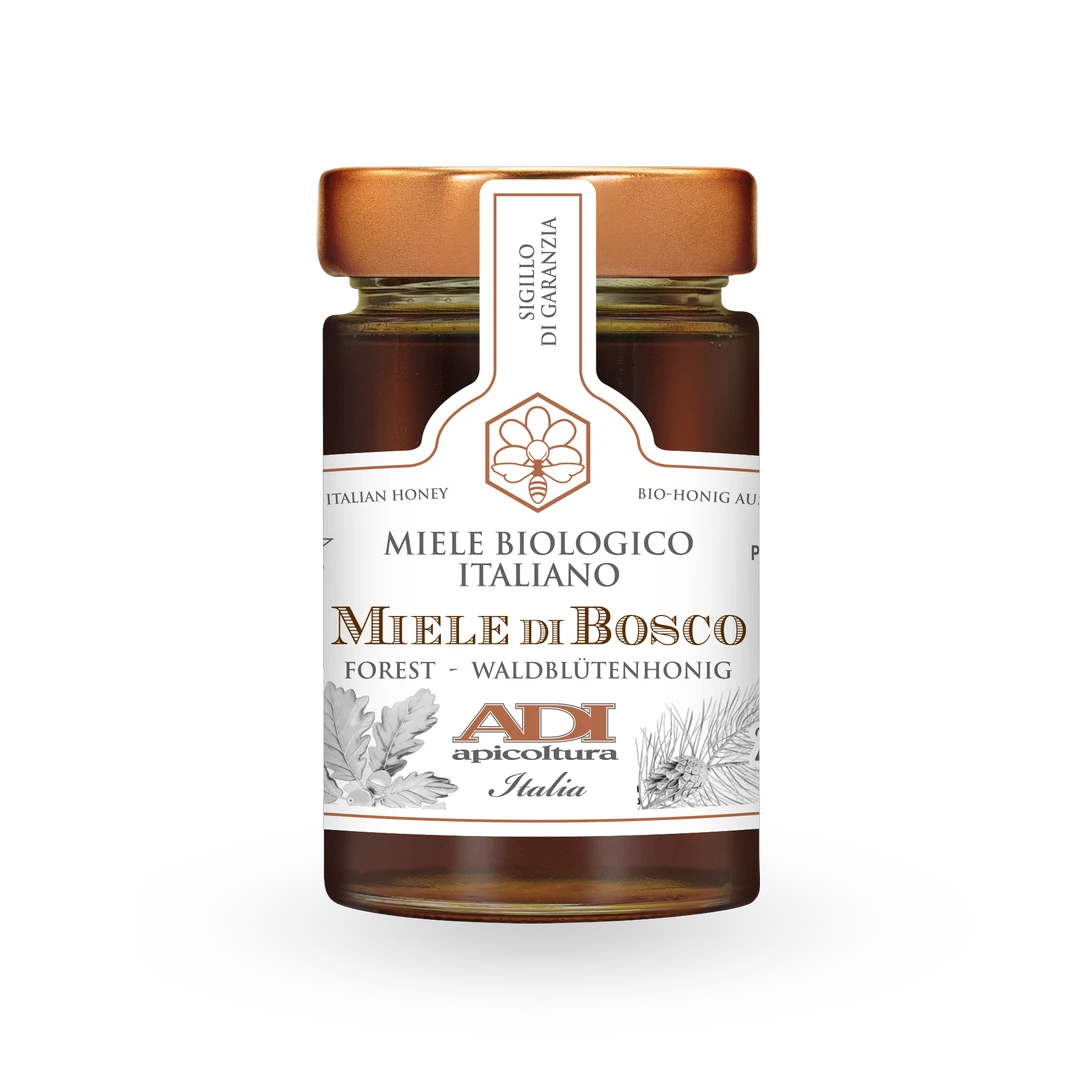A very old partnership
Humans have always made use of the resources accumulated by bees either as clumsy predators or as relatively skilled exploiters. Even now, in some parts of the world, the relationships of bees and humans are similar to those that existed at the dawn of humanity, when men collected honeycombs with honey, pollen and brood from wild hives, driving away the adult bees with smoke and sparing little thought for the survival of the plundered bee family. The next step was when humans began to provide bees with artificial shelters instead of searching the environment for wild hives, in order to save energy spent searching and ensure ownership of the families.
These rustic hives, built with the most diverse materials, depending on the part of the world (straw or hollow trees in many European areas, terracotta in the southern Mediterranean and the near east, and cork in Sardinia) did not generally allow different handling of the honeycombs and bees than that used with wild hives. This type of beekeeping has very low productivity and persists only at an amateur level or in certain areas of the world, for example in many African countries.
Modern beekeeping
The modern era of beekeeping began in the mid-1800s, when the rational hive was invented by the Rev. Lorenzo Langstroth of Philadelphia. The techniques used today are based on this invention: the bees are lured to build their honeycombs on specially prepared frames, providing them with a “bait” consisting of sheets of pure wax placed in the frames. This allows the hive to be completely disassembled and checked without damage to the occupants; it allows the honeycombs, their contents and the bees that cover them to be removed without too much disturbance to artificially divide the families and reduce or increase their strength. In addition, the rational hive is arranged so that it can be varied in size, according to the needs of the family, by adding or removing modules. This is the basis of modern honey production: if the house never becomes too small for the family that inhabits it, the bees will not be inclined to swarm and the colony will become much more numerous. A larger family collects and accumulates much more honey than would be strictly necessary to survive the winter, when the number of bees is reduced to a minimum, so the beekeeper can recover most of the accumulated honey without risk of starving the bees.
The role of the beekeeper
When harvesting the honey, the beekeeper is also facilitated by the modular structure of modern hives, which consist of several stacking boxes: the lowest is the “brood chamber”, where the queen lays the eggs and the worker bees populate it throughout the year; the modules that are gradually added above, the “shallow boxes”, are only used by the bees to accumulate honey stocks, as a grid is placed between the brood chamber and the shallow box, calibrated to allow the worker bees to pass through but not the larger queen. At the time of harvesting, the beekeeper only removes the shallow boxes, replacing them with empty ones if necessary.
Although today bees are no longer plundered, but nurtured and cared for, the relationship between bees and humans has not changed much and so-called “domestic bees” have not been domesticated at all, nor genetically modified compared to their ancestors. This is due to the fact that bees mate in flight, and therefore “domestic” and wild bees form a single population in which the forces of natural selection prevail over those desired by the breeders. The result is that, after thousands of years, humans have failed to produce any change in the behaviour of bees and even today, it is not bees that adapt to human needs, but vice versa. Humans have become more adept at not harming them when extracting the honey and have invented various systems that support the natural instincts of the bee, resulting in greater productivity.
Bee herder
Modern beekeepers, therefore, are mainly concerned with regulating the behaviour of bees so as to obtain maximum production. Their concern is to ensure that everything proceeds according to its natural course and intervene to restore it if necessary. They take action when diseases, parasites or other natural enemies threaten the bees. They see to providing them with sufficient resources for their survival or for an abundant production of valuable honey by transporting the hives to locations with blooms and feed them when natural resources are insufficient. Nomadic beekeeping, i.e., moving the hives
from wintering areas to production areas, is an indispensable practice for modern production and is done at night, when all the bees have returned to the hive.
Beehive nutrition is another indispensable practice, as the hive can experience a food shortage when most of the reserves run out, especially in areas with long, cold winters or in the event of unexpected bad weather. Feeding takes place without shallow boxes and the substances given, usually sugar syrups, are consumed by the insects and can be stored in the brood chamber, but are not present in the honey intended for consumption.
Unifloral and wildflower honeys
A necessary ingredient for honey production is an environment with an abundance of flowers and not disturbed by human activities; agriculture can also be an enemy of bees and honey production, due to the use of agricultural chemicals, particularly insecticides. Therefore, the main beekeeping production zones are the green areas of the world, particular where agricultural exploitation is low. Although honeys from cultivated plants are common, most of the world’s production is obtained from wild plants.
In honey production, it is often possible to obtain honeys that come almost exclusively from the nectar (or honeydew) of a single plant. These are called unifloral honeys and their production is particularly widespread in Italy, where at least 60% of the honey production is considered to be of this type. It is possible to obtain them when a bloom is sufficiently extensive, abundant and not occurring at the same time as other significant blooms. The beekeeper must take care to place empty frames at the beginning of flowering and remove them before a subsequent flowering begins. It is not possible to subsequently separate what the bees collect together; where multiple flowers are in bloom, mixed (or wildflower) honeys will be obtained.
Honey production
The production of honey therefore consists of making sure that the hives are strong when the flowers are in bloom, moving them to where the blooms are located and placing empty frames ready to receive the harvest. The honey will be harvested by only extracting honeycombs that contain ripe honey, recognised by the thin layer of wax (operculum) with which the bees have sealed them. This is very important to ensure the shelf life of the product; in fact, honey can only be stored at length if the bees have had sufficient time to let the excess water evaporate.
This important quality requirement depends on the time the beekeeper carries out the harvest. To extract the shallow boxes, the beekeeper has to remove the bees from them; generally, small beekeepers use a bee escape (a device that allows bees to come out of the shallow box but does not let them return, applied the day before harvesting), while large companies use a blower (the bees are driven off with a strong blast of air).
The honey extraction process is very simple and is essentially identical for small and for large-scale production, with the only difference being the level of mechanisation. The layer of wax sealing the cells filled with honey is removed
(uncapping) from the honeycombs in the shallow box with a special knife, or mechanically, with devices that cut or crush the operculum. The combs are then placed in a centrifugal extractor, which rotates to draw the honey out of the combs without damaging them. Any small impurities in the honey obtained (especially fragments of wax) are removed by straining and decanting, which also removes air bubbles created in the previous processes. No further treatment is necessary and the honey can be directly packaged in the final containers, or placed in drums for storage or wholesale.
